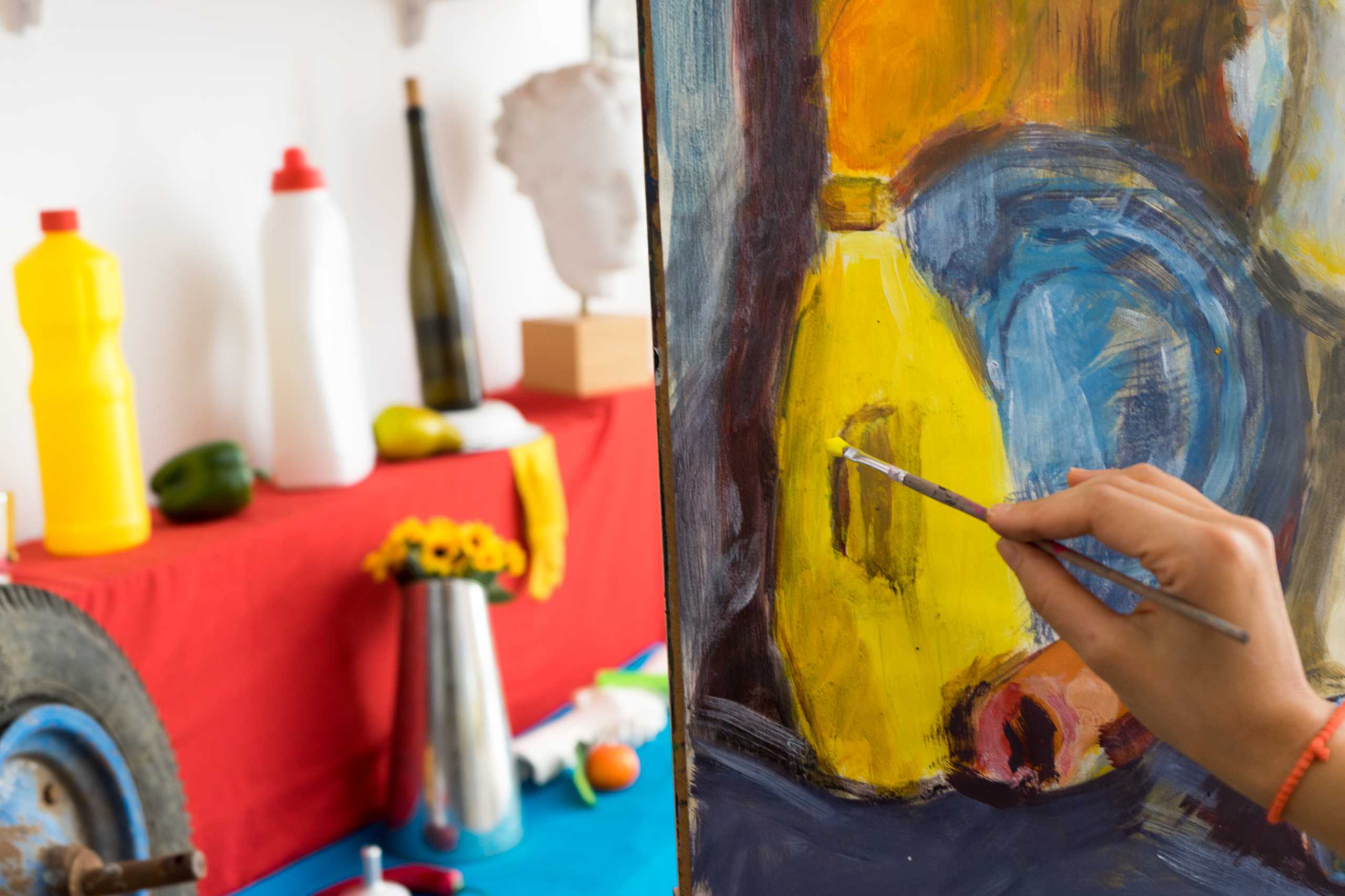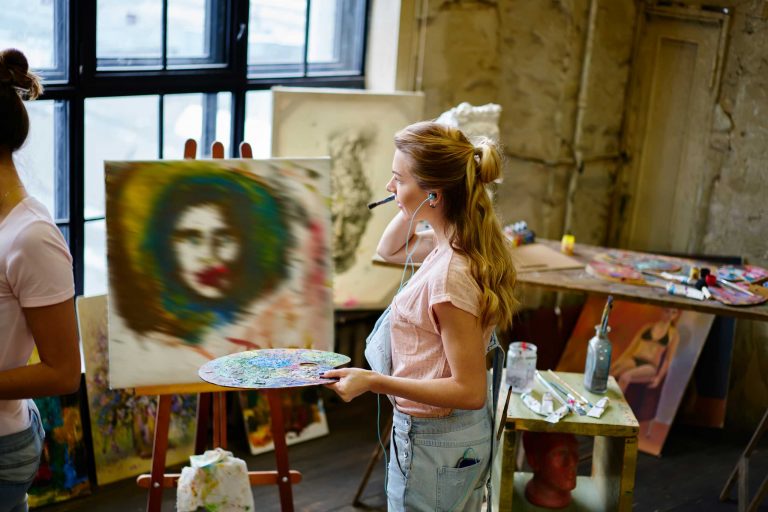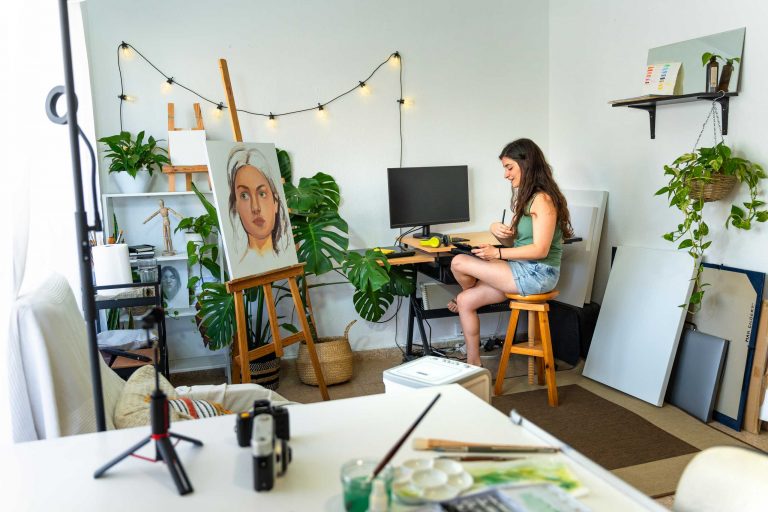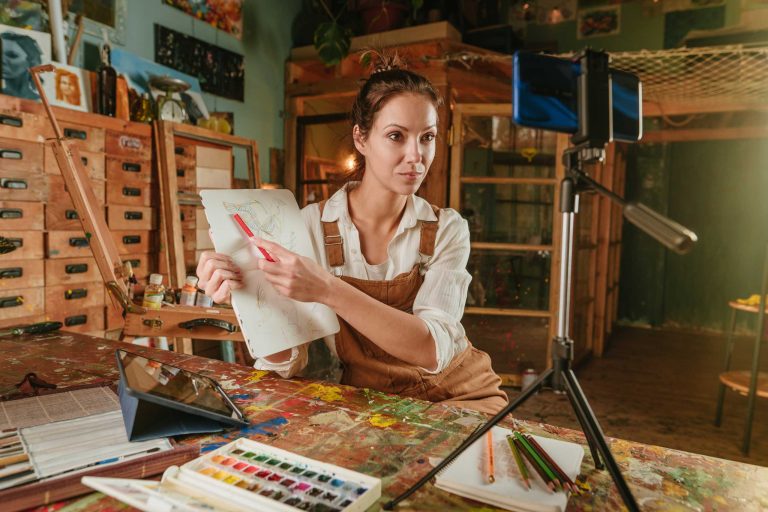
Light and shadow are the heartbeat of visual art. In oil painting, they define form, set the mood, and bring subjects to life. Without a strong understanding of light, even the most skillful brushwork can feel flat. Learning how to capture the delicate balance between brightness and darkness will elevate your work from simple images to dramatic, dimensional masterpieces.
The Role of Light in Art
Light is not just illumination—it is a storyteller. It guides the eye, highlights focal points, and conveys atmosphere. Consider how a face changes under sunlight compared to candlelight; the subject is the same, but the mood is entirely different.
- Direct Light: Sharp contrasts, bold shadows, strong drama.
- Soft Light: Gentle transitions, subtle shapes, atmospheric calm.
- Backlighting: Creates silhouettes and mystery.
Understanding the type of light you want to portray is the first step toward building depth.
The Importance of Shadows
Shadows are not just empty spaces; they are full of color and subtle detail. In oil painting, shadows:
- Define Form
- They reveal the three-dimensionality of objects.
- Without shadows, forms appear flat and lifeless.
- Create Atmosphere
- Deep shadows can evoke mystery, while soft ones suggest serenity.
- The balance of shadow intensity changes the emotional tone.
- Guide the Viewer’s Eye
- Contrast between light and dark leads attention to specific parts of the painting.
Techniques for Painting Light and Shadow
- Chiaroscuro
- A classical technique using strong contrasts to create drama.
- Perfect for portraits or scenes with theatrical intensity.
- Gradual Transitions
- Blend shadows softly for natural, lifelike effects.
- Especially effective in landscapes or skin tones.
- Color in Shadows
- Shadows are rarely black—introduce blues, purples, or muted tones.
- Adds richness and avoids dullness.
- Reflected Light
- Notice how nearby surfaces bounce light into shadows.
- This subtle effect enhances realism and cohesion.
Practical Exercises for Students
- Paint a single object under different light sources (lamp, sunlight, candle) to study variation.
- Sketch in monochrome (black, white, gray) to focus purely on values before adding color.
- Practice creating gradients from light to dark with smooth blending.
- Analyze classical works—Rembrandt, Caravaggio—for mastery of dramatic lighting.
Final Thoughts
Light and shadow are not just technical elements; they are the foundation of atmosphere and storytelling in oil painting. By mastering their interplay, artists can achieve incredible depth, realism, and emotional power in their work.



